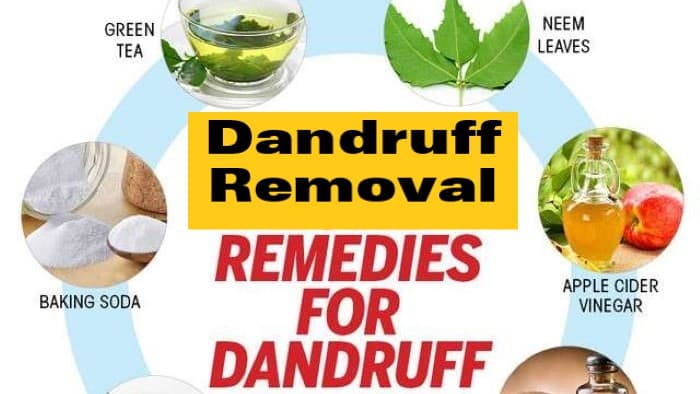Due to dandruff:
Although the cause of dandruff is not fully understood, it is currently believed that one of the main causes is a breakdown of the scalp’s natural lipid barrier, which can lead to infection by microscopic yeasts that normally live on the scalp. When the yeast overgrows, it causes an inflammatory reaction that quickly destroys the scalp cells, leaving them flaky with sticky patches and flakes.
The position is identified by:
- firstly, White or clear flakes on the scalp, hair, and clothing.
- Secondly, An itchy scalp that may become red and swollen.
- Some young teenagers find that they develop dandruff after puberty because their hygiene habits have not changed to meet the new challenges of accelerated sebum production.
- Stress, poor hygiene problem, and a not good diet can make the scalp more susceptible to dandruff. In particular, foods high in sugar are known to make yeast infections worse.
- Regular brushing is necessary to remove dandruff from hair and stimulate the blood supply to the scalp, which will make a strong natural immune response to infection.
Dandruff treatment:
There are many habits you can develop and natural remedies you can use to treat dandruff.
Diet:
Too much sugar in the diet can make yeast infections worse. Try to reduce your intake of total sugars and refined starches when treating dandruff.
Diet is the complete amount of food eaten by a person or other organism. The term diet refers to the use of specific foods for health or weight management. Although humans are omnivores, each culture and individual have certain dietary needs or preferences
Cleaning:

While shampooing, massage the scalp thoroughly with your fingertips. This helps to loosen and remove dead skin cells and prevent the infection from continuing. Wash your hair every day until the infection stops.
Conditioning:
Use the hair protectant only on the ends of the hair. Avoid using conditioner on the scalp, where it can clog pores and prevent skin from healing. While shampoo opens hair follicles to wash out dirt and impurities, the conditioner seals them to lock in moisture. These two hair care products complement each other for healthy, strong, and moisturized hair. You can see the difference in the texture of your hair from the first wash itself.
Other treatments:
Massage:

Massaging your scalp with the pads of your fingertips several times a day will stimulate blood supply to the hair follicles and help get rid of dead skin flakes.
- Brush: Brushing your hair thoroughly every day will help loosen and remove dead skin flakes, increase the smooth flow of sebum along the hair shaft, and increase blood supply to the hair follicles.
- Wash your hands after brushing and grooming: Fungal skin infections are highly contagious and easy to re-infect and spread to other areas of the body. That’s why it’s important to wash your hair every day and remove the remaining flakes of dandruff so that healthy areas of the scalp don’t become infected. Washing your hands after combing, massaging, and grooming your hair will also help prevent reinfection or infection.
The listed herbs and nutrients have been shown to reduce dandruff:
Natural home remedies for dandruff:
Alpha-lipoic acid, vanadyl sulfate, Gyneema sylvestre, and chromium are natural blood, sugar regulators. May help prevent infection by maintaining normal blood sugar levels. Olive leaf and oregano are natural systemic antifungals.
Natural external remedies for dandruff:

Finally, These herbs can be used as tonics to reduce fungal infections. Extracts of these herbs or a few drops of their essential oils dissolved in aloe vera gel or witch hazel can provide excellent relief from the itching and flaky symptoms of dandruff. Tea tree oil is very effective against fungal and bacterial infections.
- Clary sage
- desert sage
- eucalyptus
- gallbladder
- Ginkgo biloba
- ginseng
- grapefruit seed extract
- grapefruit essential oil
- grape seed juice
- juniper berry essential oil
- lavender essential oil
- Plant species
- henna
- oregano
- take root

